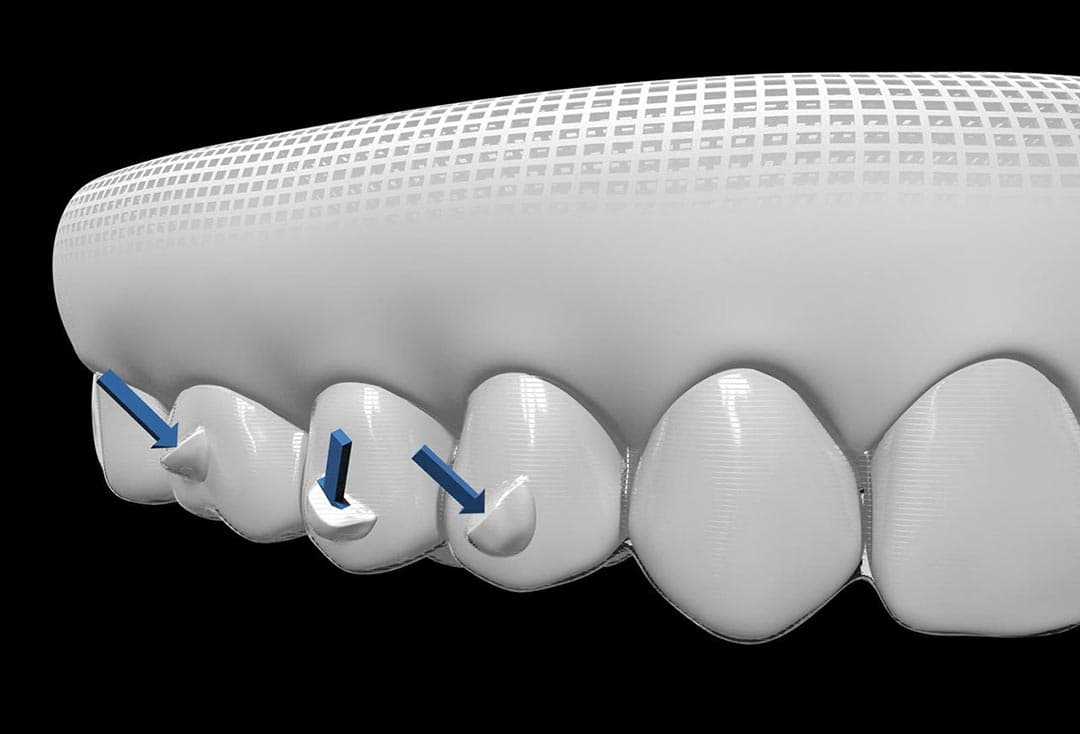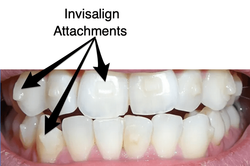Invisalign vs. Typical Braces: Which Choice Is Right for You?
When considering orthodontic treatment, the option in between Invisalign and traditional braces provides a number of vital elements that merit mindful evaluation. Invisalign offers a very discreet option with removable aligners, while conventional braces give an extra noticeable yet efficient service for serious misalignment.
Overview of Therapy Alternatives

On the other hand, conventional braces consist of steel brackets and cords that are adhered to the teeth. This technique applies continuous stress with time to accomplish placement. While efficient for complicated orthodontic issues, traditional dental braces require regular gos to for modifications and can pose difficulties in keeping oral hygiene because of the trouble of cleaning around cords and braces.
Both choices have their merits, and the choice usually hinges on details oral problems, lifestyle choices, and patient compliance. Inevitably, consulting an orthodontic professional is important for identifying the most suitable therapy strategy tailored to individual demands. Recognizing the nuances of each option can substantially affect the general success of orthodontic treatment.
Visual Factors To Consider
A considerable aspect affecting the selection between Invisalign and conventional dental braces is the visual charm each therapy supplies. Invisalign aligners are crafted from clear plastic, making them practically unseen when worn. This discreet look is particularly attracting grownups and teens that might really feel self-conscious concerning their orthodontic treatment. The capacity to maintain an all-natural smile throughout the alignment procedure can significantly boost the person's self-confidence in expert and social settings.
On the other hand, conventional dental braces include metal brackets and cords, which can be extra recognizable. While improvements in orthodontic technology have actually caused the development of smaller sized braces and colored elastics, typical dental braces still maintain an even more conspicuous account. For some people, the visibility of braces might prevent them from seeking necessary therapy.
Ultimately, the selection between Invisalign and typical dental braces may hinge on individual preferences concerning visual appeals. Patients who prioritize discernment usually lean towards Invisalign, while those who are less concerned concerning presence may choose conventional dental braces. Recognizing the aesthetic implications of each alternative is important for making an informed choice that lines up with one's way of living and choices.
Convenience and Convenience

In terms of comfort, Invisalign aligners are detachable, allowing clients to enjoy their preferred foods without limitation and preserve ideal dental health. Cleaning and flossing are streamlined, as the aligners can be gotten throughout these regimens, whereas typical braces require cautious maneuvering around cables and brackets.
In contrast, traditional braces demand routine modifications, making them less convenient for those with busy schedules. On the whole, the convenience and benefit of Invisalign make it an appealing selection for lots of people looking for orthodontic therapy.
Therapy Period and Effectiveness
While both Invisalign and typical braces work in dealing with dental misalignments, the duration of therapy can differ substantially between both options. Generally, Invisalign therapy can take anywhere from 12 to 18 months, depending upon the intricacy of the instance. The clear aligners function by slowly changing teeth right into their desired settings, and normal follow-ups with an orthodontist aid ensure development continues to be on track.
In contrast, standard dental braces often require a longer commitment, typically varying from 18 months to 3 years. This is because of their set nature and using cables and braces, which can be more efficient for extreme misalignments and complicated situations (Invisalign). The treatment performance of standard braces is well-documented, as they permit exact modifications and better control over tooth activity
Ultimately, the choice between Invisalign and conventional dental braces may depend upon both the awaited see this site therapy duration and the details oral problems available. Consulting with an orthodontist is vital, as they can give customized referrals based upon specific demands, guaranteeing the chosen method lines up with preferred timeframes and outcomes.
Cost Comparison and Insurance Coverage Choices
Expense plays a substantial duty in the decision-making process for individuals thinking about orthodontic therapy, whether going with Invisalign or typical braces. On average, the expense of Invisalign varieties from $3,000 to $8,000, while standard dental braces usually cost in between $2,000 and $6,000. Variables influencing these expenses include the intricacy of the situation, the period of treatment, and geographical place.
Lots of dental insurance coverage strategies offer partial protection for orthodontic treatments, however the specifics can differ widely. Normally, traditional dental braces may be a lot more frequently covered by insurance coverage strategies compared to Invisalign, which some insurance companies categorize as an aesthetic treatment.
Additionally, a number of orthodontic techniques offer versatile settlement plans, making both therapy options a lot more accessible. Individuals should ask about prospective funding alternatives and discount rates for ahead of time payments. Reviewing the overall price, including insurance advantages and settlement plans, is important for making an educated choice that lines up with both aesthetic choices and budget plan considerations.

Final Thought
In summary, the selection in between Invisalign and traditional braces hinges on several aspects, consisting of visual choices, comfort, treatment duration, and cost. Invisalign provides a very discreet, detachable alternative that facilitates oral hygiene and nutritional adaptability, while conventional dental braces might be better for intricate oral concerns and typically come with a reduced cost factor. Eventually, consultation with an orthodontist is important to assess specific situations and establish one of the most proper treatment choice for achieving ideal oral positioning.
When thinking about orthodontic therapy, the choice in between Invisalign and conventional dental braces offers several essential aspects that warrant mindful assessment.Comparing Invisalign and conventional click site dental braces discloses distinct treatment choices for orthodontic correction.While both Invisalign and standard dental braces are efficient in remedying oral misalignments, the duration of treatment can vary significantly in between the two alternatives.Cost plays a substantial function in the decision-making procedure for individuals taking into consideration orthodontic see this here treatment, whether deciding for Invisalign or conventional dental braces.In summary, the selection between Invisalign and traditional dental braces hinges on several elements, including visual preferences, convenience, therapy period, and expense.